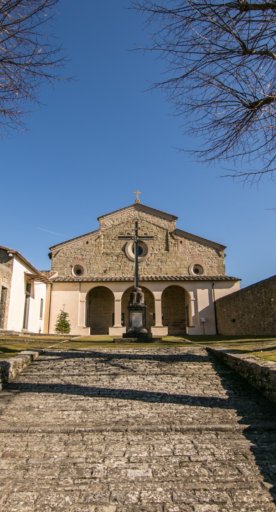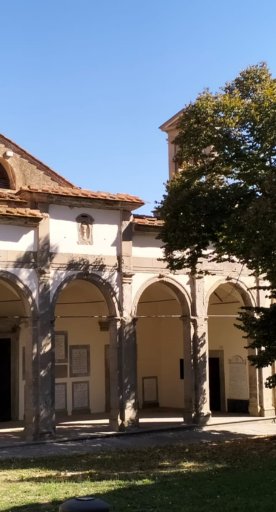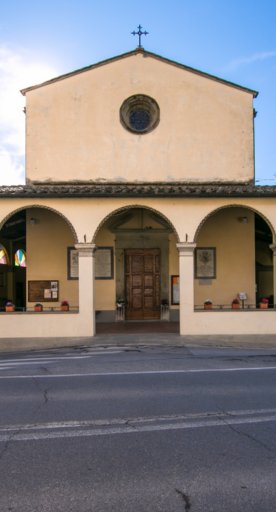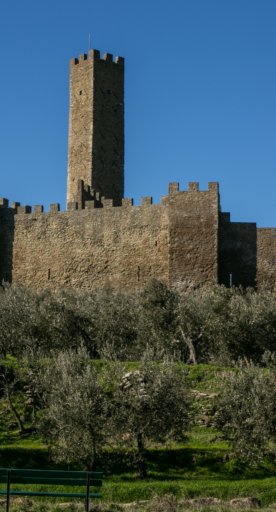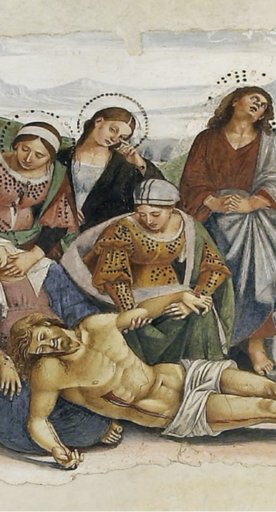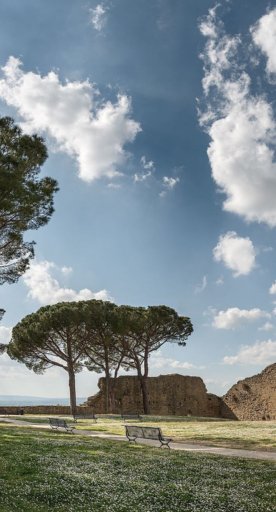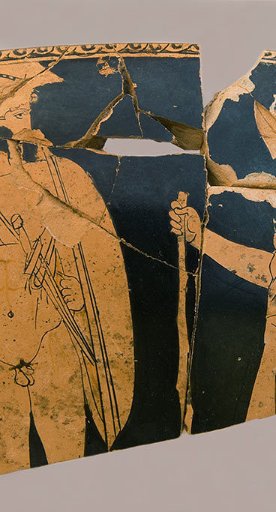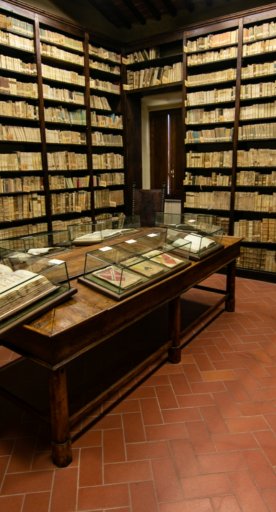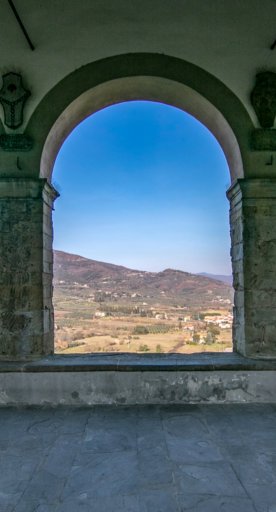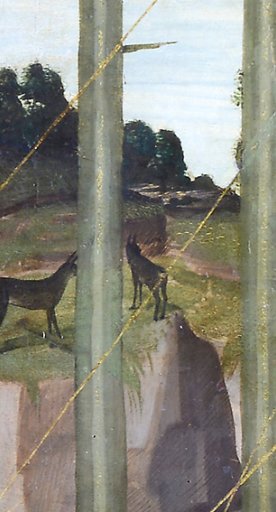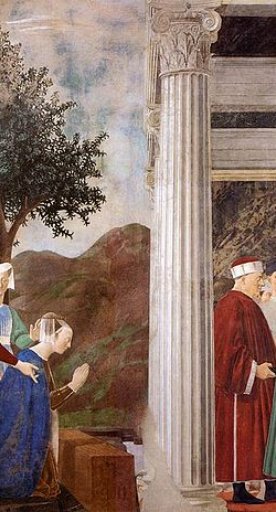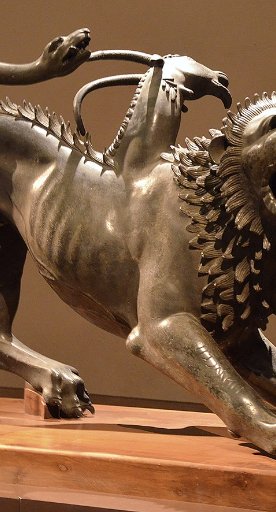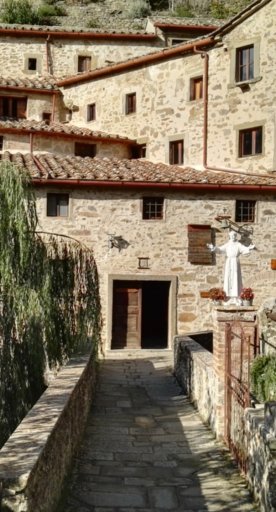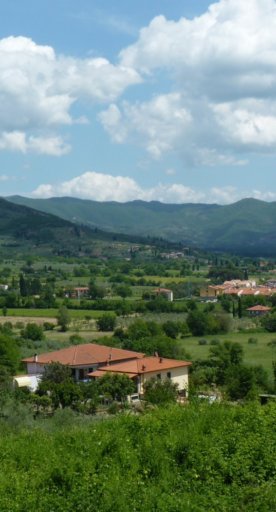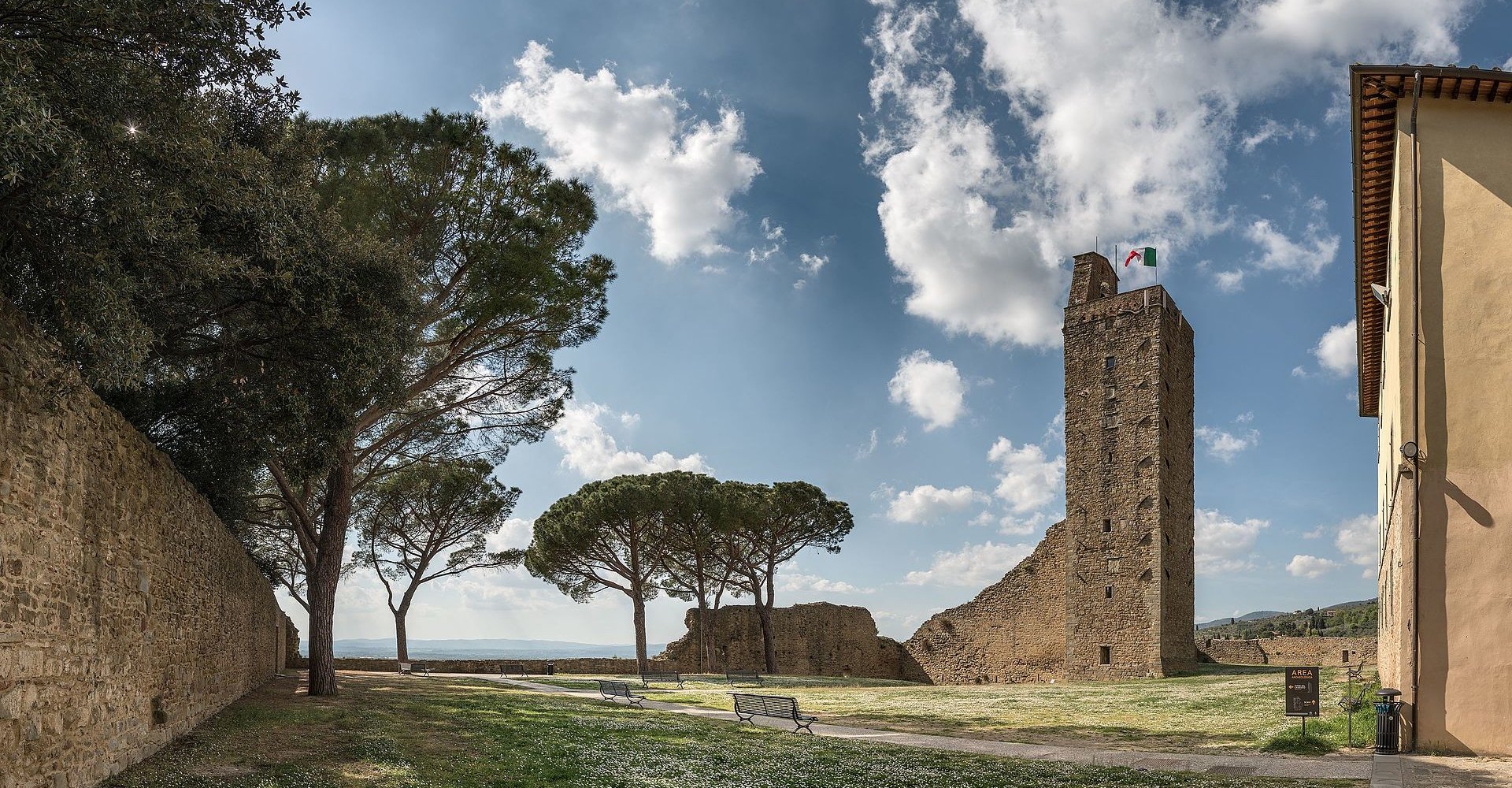
Castiglion Fiorentino
Medieval village and Etruscan center of the Valdichiana
Castiglion Fiorentino stands on a small hill overlooking the wide expanse of the Valdichiana Aretina to the southwest and the Val di Chio to the east. Its strategic location near the Arezzo-Chiusi route and the link between Valdichiana and Valtiberina meant that the town developed in Etruscan times (7th-5th centuries B.C.) and thus had a continuity of life until it became an important castrum in the medieval period.
Castiglion Fiorentino is therefore a city rich in history, culture and art, as can be seen from its architectural layout, its religious and civil monuments, and its wealth of artistic heritage. The historic center is typically medieval, with its walls, gates and alleys that climb up to the Cassero grafted onto the ancient Etruscan structure and where the high tower that is the symbol of the city itself stands out, but there is no shortage of fine evidence of the Renaissance period, such as the Vasarian loggia and palaces from later centuries.
What to see in Castiglion Fiorentino
Access to the historic center from the northwest side is through the Aretina Gate, originally called the Santa Maria Gate and today more commonly the Florence Gate. The Avenue, which is about 260 meters long, ends in Piazza del Municipio on which the Municipal Palace and the Vasariano loggia, which opens its fornixes onto the picturesque panorama, overlook.
In Piazza del Municipio we find the Municipal Art Gallery, housed in the Church of Sant'Angelo, inside which are precious works of goldsmithing from the 13th century and some valuable paintings by Margarito, Taddeo Gaddi, and Bartolomeo della Gatta. From the Piazza del Municipio you reach the Cassero area, now an important center of art, history and culture, and the high tower that offers an unmissable view of the old village and the wide scenery of the Valdichiana and Val di Chio.
Also noteworthy is the Civic Archaeological Museum and underground Archaeological Excavation: located inside the Praetorian Palace, the museum collects archaeological finds discovered in the Castiglionese territory and in the Cassero area. Of particular interest is the partial reconstruction of the roof of an Etruscan sanctuary dating from the late 5th and early 4th centuries B.C.
Also worth a visit is the Parish Museum of Sacred Art (or Collegiate Church of Saints Michele and Giuliano), which houses works from the centuries between the 15th and 17th centuries, including Luca Signorelli's Lamentation over the Dead Christ fresco and an altarpiece of the Della Robbia school depicting the Baptism of Christ.
Among the other jewels in Castiglion Fiorentino is the Mario Spina Municipal Theater: a beautiful structure with three tiers of boxes, inside which it is possible to admire a 19th-century decoration, with splendid, fine gilded stucco and elegant marbled plaster.
Access to the historic center from the northwest side is through the Aretina Gate, originally called the Santa Maria Gate and today more commonly the Florence Gate. The Avenue, which is about 260 meters long, ends in Piazza del Municipio on which the Municipal Palace and the Vasariano loggia, which opens its fornixes onto the picturesque panorama, overlook.
In Piazza del Municipio we find the Municipal Art Gallery, housed in the Church of Sant'Angelo, inside which are precious works of goldsmithing from the 13th century and some valuable paintings by Margarito, Taddeo Gaddi, and Bartolomeo della Gatta. From the Piazza del Municipio you reach the Cassero area, now an important center of art, history and culture, and the high tower that offers an unmissable view of the old village and the wide scenery of the Valdichiana and Val di Chio.
Also noteworthy is the Civic Archaeological Museum and underground Archaeological Excavation: located inside the Praetorian Palace, the museum collects archaeological finds discovered in the Castiglionese territory and in the Cassero area. Of particular interest is the partial reconstruction of the roof of an Etruscan sanctuary dating from the late 5th and early 4th centuries B.C.
Also worth a visit is the Parish Museum of Sacred Art (or Collegiate Church of Saints Michele and Giuliano), which houses works from the centuries between the 15th and 17th centuries, including Luca Signorelli's Lamentation over the Dead Christ fresco and an altarpiece of the Della Robbia school depicting the Baptism of Christ.
Among the other jewels in Castiglion Fiorentino is the Mario Spina Municipal Theater: a beautiful structure with three tiers of boxes, inside which it is possible to admire a 19th-century decoration, with splendid, fine gilded stucco and elegant marbled plaster.
Nearby
Castiglion Fiorentino is part of the fascinating and evocative territory of the Valdichiana Aretina, whose sun-kissed fields were wisely exploited by the Etruscans (we are in the so-called "granary of Etruria"), and, more recently, served as the backdrop for the best-selling book "Under the Tuscan sun".
The Via Romea Germanica makes it possible to explore this corner of Tuscany in a slow and authentic way; the ancient link, once used by pilgrims from the Scandinavian peninsula and Central and Eastern Europe on their way to Rome, crosses the Casentino and Arezzo area, passing through Castiglion Fiorentino before arriving in Cortona, a city of Etruscan origin, rich in museums and works of art, which is definitely worth a visit.
Finally, a curiosity: in the small hamlet of Manciano, known to the Castiglionesi as La Misericordia (The Mercy), actor Roberto Benigni was born.
Castiglion Fiorentino is part of the fascinating and evocative territory of the Valdichiana Aretina, whose sun-kissed fields were wisely exploited by the Etruscans (we are in the so-called "granary of Etruria"), and, more recently, served as the backdrop for the best-selling book "Under the Tuscan sun".
The Via Romea Germanica makes it possible to explore this corner of Tuscany in a slow and authentic way; the ancient link, once used by pilgrims from the Scandinavian peninsula and Central and Eastern Europe on their way to Rome, crosses the Casentino and Arezzo area, passing through Castiglion Fiorentino before arriving in Cortona, a city of Etruscan origin, rich in museums and works of art, which is definitely worth a visit.
Finally, a curiosity: in the small hamlet of Manciano, known to the Castiglionesi as La Misericordia (The Mercy), actor Roberto Benigni was born.
Events
The town has a rich calendar of events. Holy Week processions take place at night and wind through the streets of the town, enlivened by the participation of the three religious companies dedicated to charity work since the Middle Ages who, dressed in traditional hoods, recite prayers carrying crosses and statues.
The entire month of May is dedicated to the exhibition of local gastronomic and handicraft products and agricultural machinery, as well as cultural events such as conferences and exhibitions, during the Castiglionese May.
On the third Sunday in June, the Palio dei Rioni is held: the ancient horse race in the round in which the districts of Porta Fiorentina, Cassero and Porta Romana compete. On Sunday morning outside the Rivaio Church, the horses and jockeys who will compete are blessed; in the afternoon, a costume parade is held with ladies, knights, priors and armed men, accompanied by musicians and flag-wavers. In Piazza del Comune, the reading of the challenge is held, followed by the parade of all the figures and the majestic ox-drawn cart leading the Palio. At 7 p.m., in the round of Piazzale Garibaldi, the long-awaited race begins.
The Castiglioni Film Festival returns every year in the last week of July at the Cassero Archaeological Area. On the program, outdoor screenings of films and meetings-interviews with actors, directors of national and international fame.
During the days of Ferragosto (15 August), the historic center of Castiglion Fiorentino comes alive with events that harken back to the 1950s and 1960s during the Vintage Festival. Handicrafts, vintage clothing and objects, musical entertainment, along with typical menus: a dive into the fun, colors and style of the rock 'n roll and swing years.
The Living Nativity is a tradition involving hundreds of extras, men, women and children of all ages. The re-enactment, which usually takes place on December 26 through the alleys of the historic center, reproduces various scenes from life at the time of Jesus: Herod's court, Roman soldiers, shepherds, taverns, the fishermen's village, and, more generally, typical scenes from the culture of the time, providing the visitor with a fascinating journey through ancient crafts and old traditions.
The town has a rich calendar of events. Holy Week processions take place at night and wind through the streets of the town, enlivened by the participation of the three religious companies dedicated to charity work since the Middle Ages who, dressed in traditional hoods, recite prayers carrying crosses and statues.
The entire month of May is dedicated to the exhibition of local gastronomic and handicraft products and agricultural machinery, as well as cultural events such as conferences and exhibitions, during the Castiglionese May.
On the third Sunday in June, the Palio dei Rioni is held: the ancient horse race in the round in which the districts of Porta Fiorentina, Cassero and Porta Romana compete. On Sunday morning outside the Rivaio Church, the horses and jockeys who will compete are blessed; in the afternoon, a costume parade is held with ladies, knights, priors and armed men, accompanied by musicians and flag-wavers. In Piazza del Comune, the reading of the challenge is held, followed by the parade of all the figures and the majestic ox-drawn cart leading the Palio. At 7 p.m., in the round of Piazzale Garibaldi, the long-awaited race begins.
The Castiglioni Film Festival returns every year in the last week of July at the Cassero Archaeological Area. On the program, outdoor screenings of films and meetings-interviews with actors, directors of national and international fame.
During the days of Ferragosto (15 August), the historic center of Castiglion Fiorentino comes alive with events that harken back to the 1950s and 1960s during the Vintage Festival. Handicrafts, vintage clothing and objects, musical entertainment, along with typical menus: a dive into the fun, colors and style of the rock 'n roll and swing years.
The Living Nativity is a tradition involving hundreds of extras, men, women and children of all ages. The re-enactment, which usually takes place on December 26 through the alleys of the historic center, reproduces various scenes from life at the time of Jesus: Herod's court, Roman soldiers, shepherds, taverns, the fishermen's village, and, more generally, typical scenes from the culture of the time, providing the visitor with a fascinating journey through ancient crafts and old traditions.
Typical products
We are in an important wine production area, with the DOCG Chianti Colli Aretini and as many as 3 DOCs with red, rosé, white and vinsanto wines: Cortona, Valdichiana and Val d'Arno di Sopra. For exploring and tasting, one can follow the Terre di Arezzo Wine Route, which winds for 200 kilometers, also passing through Castiglion Fiorentino. The area's gastronomic tradition also includes meats and sausages, legumes and cheeses, as well as honey and excellent extra virgin olive oil.
We are in an important wine production area, with the DOCG Chianti Colli Aretini and as many as 3 DOCs with red, rosé, white and vinsanto wines: Cortona, Valdichiana and Val d'Arno di Sopra. For exploring and tasting, one can follow the Terre di Arezzo Wine Route, which winds for 200 kilometers, also passing through Castiglion Fiorentino. The area's gastronomic tradition also includes meats and sausages, legumes and cheeses, as well as honey and excellent extra virgin olive oil.
